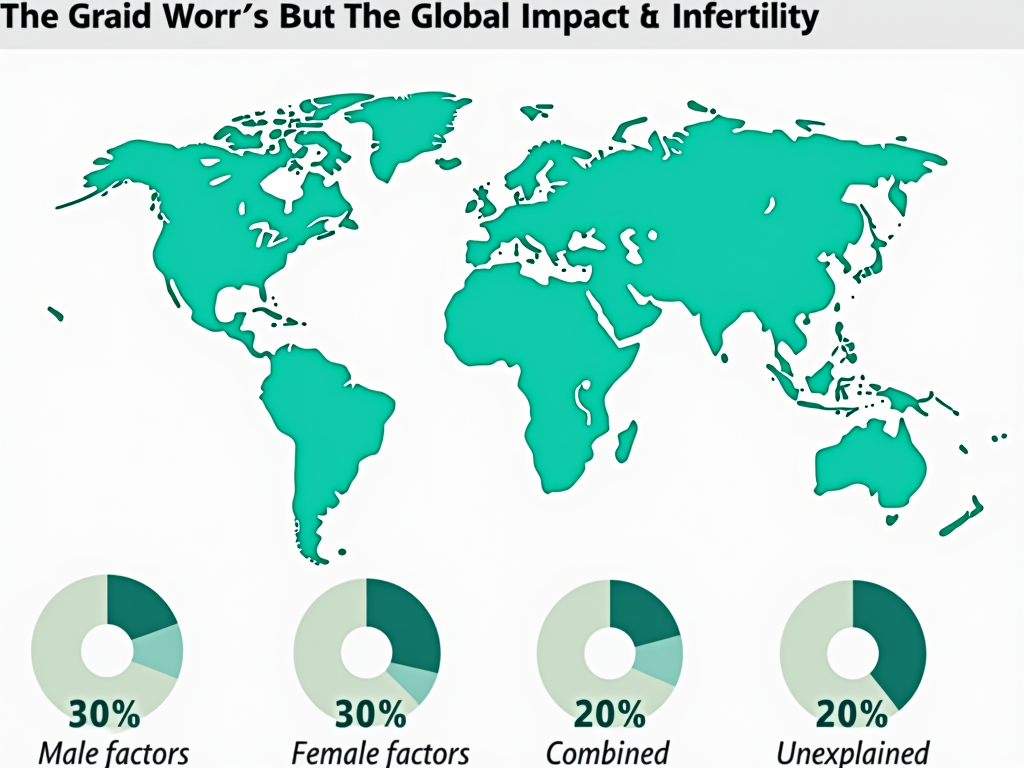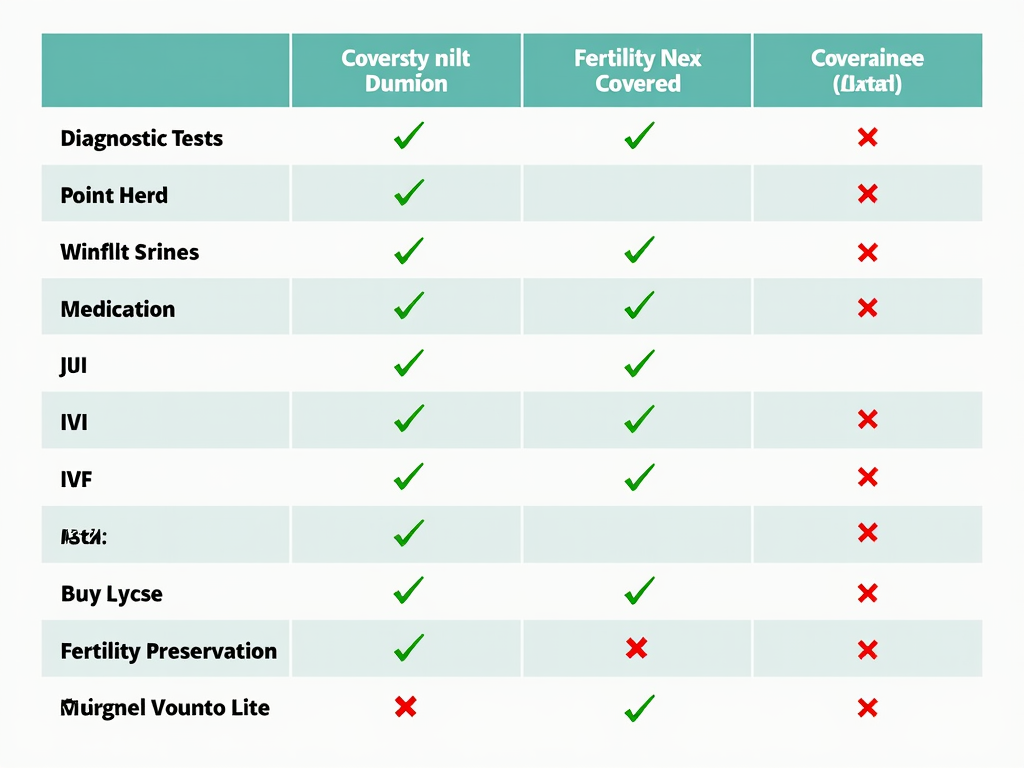Understanding Infertility Options: A Comprehensive Guide
March 27, 2025, 11:21 a.m.
Infertility affects millions of couples worldwide, but understanding the options available can make the journey less daunting. This comprehensive guide explores the causes of infertility, diagnostic processes, treatment options, and the importance of fertility preservation. We'll also delve into the emotional aspects and provide resources for support. Whether you're just starting to explore infertility options or seeking to deepen your knowledge, this article offers insights and hope.

Understanding the Causes of Infertility
Infertility can stem from various factors, affecting both men and women. In women, common causes include ovulation disorders, blocked fallopian tubes, and endometriosis. For men, issues like low sperm count, poor sperm motility, or structural abnormalities can contribute to infertility. Sometimes, the cause is a combination of factors from both partners, or it remains unexplained despite thorough testing.
It's important to note that infertility is not always a permanent condition. Many couples can conceive with the right interventions. Understanding the underlying cause is the first step toward finding an effective solution.
The Diagnostic Journey
Diagnosing infertility typically begins with a thorough medical history and physical examination for both partners. Women may undergo blood tests to check hormone levels, ultrasounds to examine the reproductive organs, and possibly a hysterosalpingogram to assess the fallopian tubes. Men usually start with a semen analysis to evaluate sperm health.
For Sarah and Tom, a hypothetical couple in their early 30s, the diagnostic process revealed that Sarah has polycystic ovary syndrome (PCOS), a common cause of infertility. This diagnosis was a crucial step in tailoring their treatment plan.

Exploring Treatment Options
Treatment for infertility varies based on the underlying cause. For some, lifestyle changes such as weight management or quitting smoking can improve fertility. Medications like clomiphene citrate can stimulate ovulation in women with disorders like PCOS.
Surgical interventions might be necessary for conditions like endometriosis or blocked fallopian tubes. In Sarah's case, her doctor recommended starting with medication to regulate her ovulation cycles.
Assisted Reproductive Technologies (ART)
When initial treatments aren't successful, assisted reproductive technologies (ART) offer hope. Intrauterine insemination (IUI) involves placing sperm directly into the uterus, increasing the chances of fertilization. In vitro fertilization (IVF) is a more complex process where eggs are retrieved, fertilized in a lab, and then implanted into the uterus.
For Sarah and Tom, after several cycles of medication and IUI, they decided to pursue IVF. The process was emotionally and physically demanding, but they were buoyed by the support of their medical team and loved ones.

Fertility Preservation: Planning for the Future
Fertility preservation is an important consideration, especially for individuals facing medical treatments that could impact their fertility, such as chemotherapy. Options include egg freezing for women and sperm banking for men. These procedures allow individuals to preserve their reproductive potential for future use.
Even for those not facing immediate medical threats to fertility, preservation can be a proactive choice. Discussing these options with a fertility specialist can provide peace of mind and future possibilities.
Navigating Insurance Coverage for Fertility Treatments
Insurance coverage for fertility treatments and preservation can be complex. Some plans cover diagnostic tests but not treatments, while others may offer partial coverage for procedures like IVF. It's crucial to review your policy carefully and speak with your insurance provider to understand what's covered. Additionally, some employers offer fertility benefits as part of their health plans, so it's worth checking with your HR department.
For Sarah and Tom, understanding their insurance coverage was a key part of their journey. They discovered that while their plan covered initial diagnostic tests, IVF required significant out-of-pocket expenses. This knowledge helped them plan financially for their treatment.

Coping with the Emotional Impact of Infertility
Infertility can take a significant emotional toll on individuals and couples. Feelings of frustration, sadness, and isolation are common. It's essential to acknowledge these emotions and seek support. Counseling, whether individual or as a couple, can provide valuable coping strategies. Support groups, both in-person and online, offer a sense of community and understanding.
Sarah and Tom found solace in a local support group where they could share their experiences and learn from others facing similar challenges. This connection reminded them that they were not alone in their journey.
Resources and Support
Numerous resources are available for those navigating infertility. National organizations like RESOLVE: The National Infertility Association provide educational materials, support group directories, and advocacy efforts. Online forums and social media groups can also be valuable sources of information and community.
Remember, seeking help is a sign of strength. Whether through professional counseling, peer support, or educational resources, there are many ways to find the support you need.

In conclusion, understanding infertility options empowers couples to make informed decisions about their fertility journey. From diagnosis to treatment and emotional support, there are numerous resources available. If you're facing infertility, don't hesitate to reach out to healthcare professionals and support networks. With the right information and support, many couples find their way to parenthood.